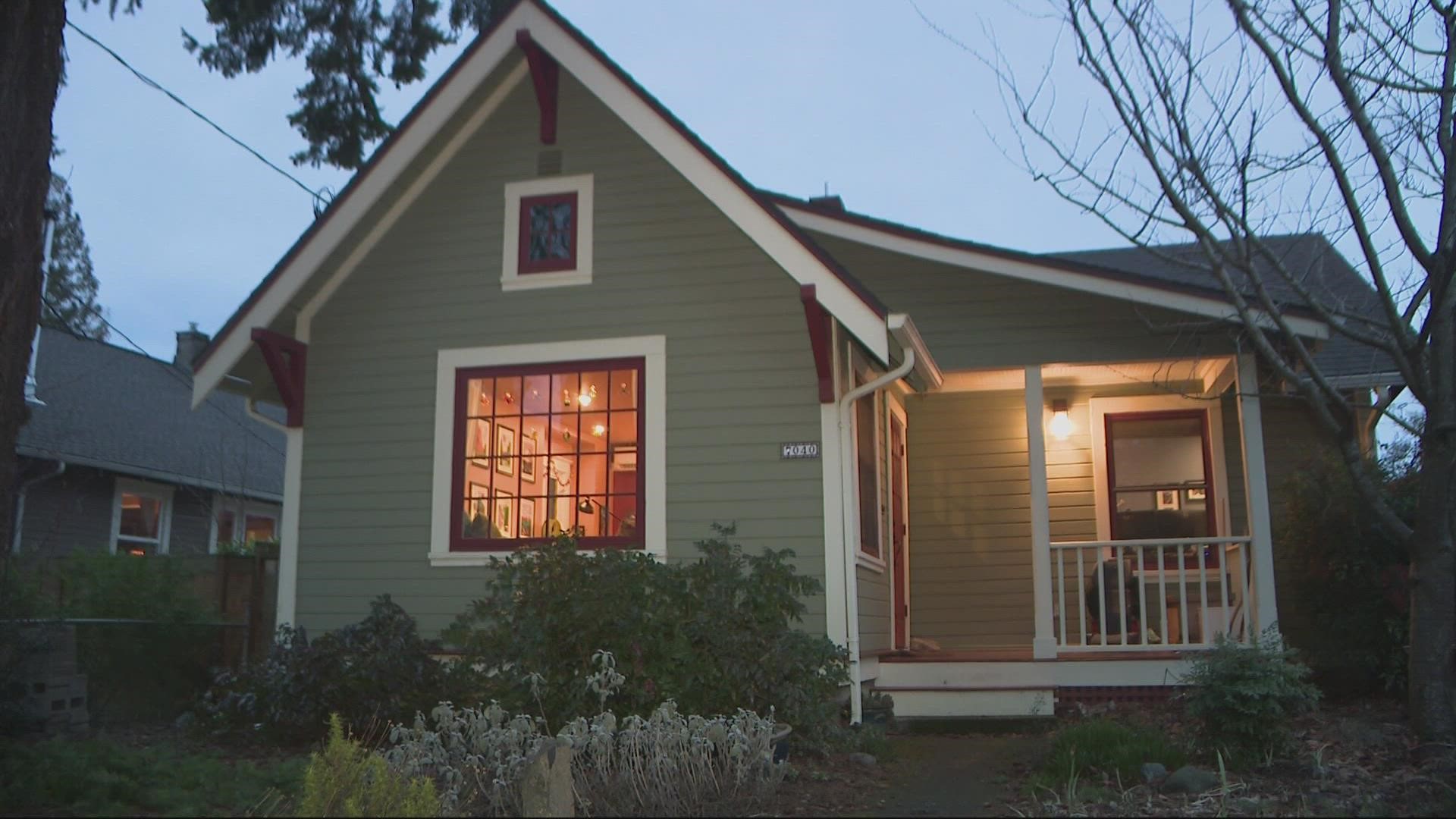PORTLAND, Ore. — With the passage of the Inflation Reduction Act last year, the federal government made an unprecedented $369 billion investment in fighting climate change, and a decent chunk of those dollars will go straight to consumers in the form of tax credits to incentivize home energy efficiency.
It's good news for homeowners looking to make upgrades, but with so many different credits for different types of upgrades — and varying yearly caps and other restrictions — the average homeowner can become a little overwhelmed trying to navigate the system.
KGW reached out to Lizzie Rubado, a spokeswoman with Energy Trust of Oregon, to ask what advice she would give to homeowners seeking to make the most of the new tax credits.
"My advice to them is to be excited," Rubado said. "Now there are more resources than ever to help homeowners invest in energy efficiency and save themselves money."
Knowing where to start often becomes the first challenge. Rubado said homeowners should begin by looking around their homes or consulting a professional for a home energy audit to figure out their easiest potential upgrades with the greatest return on investment.
For many homeowners, that first big upgrade might be insulation. Others may want to start out by installing heat pumps, or by taking a look at options for their windows.
Each of those upgrades is subject to its own tax credit for up to 30% of the total cost, but each credit has a different limit on how much you’ll get back on your taxes.
The cap for insulation is set at $1,200, while tax credits for heat pumps can go up to $2,000. New windows, water heaters and natural gas furnaces all have a cap of $600.
Homeowners shouldn't feel pressure to rush out and do all of their possible upgrades at once. Almost all of the upgrade incentives will be around for another 10 years, Rubado said, so it might make more financial sense for homeowners to do them one at a time.
"Folks don’t have to think 'Gosh I have to tackle all these projects at once, I have to do a huge energy efficiency upgrade,' not at all," she said.
Some of the individual upgrades could even be broken up into multiple parts to maximize the benefits, because the tax credit caps reset each year. A homeowner could, for example, replace a few windows this year, claim the $600 tax credit, and then replace a few more next year and claim it again.
"In some cases it may make sense to sort of stagger your investments," Rubado said.
That’s exactly what Rubado said she's done in her own North Portland home. The solar panels on her roof are more than a decade old, while her ductless heat pump system was installed just a few months ago, with energy efficient windows and a tankless water heater installed in the interim.
Doing everything all at once didn’t make sense for her family, she said, and probably doesn’t for many other homeowners either.
"That's not how most of us make improvements to our homes," she said. "I've been working on making energy efficiency upgrades to our house for almost 15 years now and we're still not done."
Energy Trust of Oregon has many more details about what does and does not qualify for tax credits, as well as information on home energy audits and other state-funded rebates and incentives that can provide further savings.
The nonprofit also has folks ready to help homeowners, in English and Spanish, navigate the new credits to get the most for their money.
And while the new incentives will certainly be good for the climate, Rubado said those weren’t the biggest selling point for most people.
"Yes, it's great for the climate and that’s part of the big picture," she said. "But it's also going to help you save on your costs and its going to make your home more comfortable and, in some cases, healthier in terms of the quality of your air."


